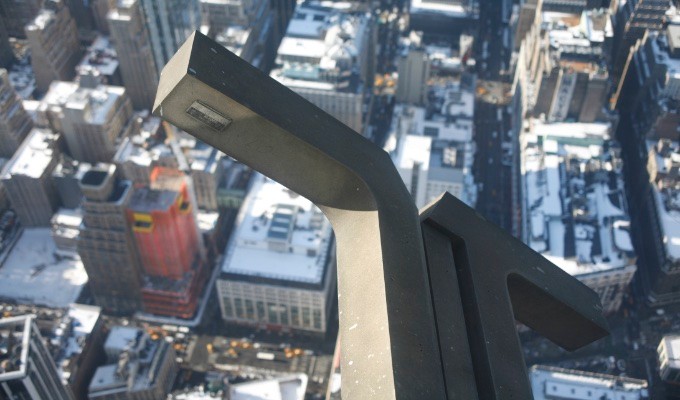
1 PM ET t’day, partner, on this thar playar, rat hare!

1 PM ET t’day, partner, on this thar playar, rat hare!
I miss seeing Stephen Colbert, and I see a reason for late night hosts to be concerned. The longer the striking writers continue to walk the picket line, the tougher it’s going to be to get viewers back in the routine of watching late night shows. I don’t have a Spotify account, but if I did I’d listen to Strike Force Five.
https://youtu.be/fYc0QpQHA6o?si=gLqLCUe_p2MgUATX
“Wherever else you get your podcasts” isn’t correct, because if Strike Force Five were available on TuneIn, and it isn’t, I’d be able to embed a player here. Spotify doesn’t allow that, which is one reason why I don’t have a Spotify account.
The problem for striking writers and actors is the massive amount of content that’s available for streaming. For now, viewers aren’t feeling a loss of new programming.
https://www.nytimes.com/2023/08/12/business/media/hollywood-strikes-old-shows.html
DJ Tom Hanks is coming to a streaming player near you.

Maybe even this one!
Here’s something to get us warmed up.

I think of the 1965 installation of the Master FM Antenna on the Empire State Building as another example of the 60’s being the most happening of decades.
“… for the first time multiple FM stations could operate at full power from a single shared antenna system…”
https://www.aes.org/blog/2019/7/empire-state-buildings-historic-alford
Three things happened in the 60’s that brought about the FM radio revolution. First, adding stereo sound.
https://www.radioworld.com/columns-and-views/roots-of-radio/how-fm-stereo-came-to-life
Second, as covered in a 2019 post, transistorized Japanese stereo receivers of high quality were being brought home by returning Vietnam vets. Which quickly transformed the home audio market.
Third, on January 1, 1967 the FCC’s non-duplication rule, written in 1964, finally took effect. Stations in larger cities that were licensed to operate both AM and FM transmitters had to offer unique FM programming. The easiest, and by far the cheapest, way to do that was to let kids from college stations bring free-form programming to commercial radio.
Three days after the FCC edict, there was an event of cosmic serendipity. The Doors released their first album. “Light My Fire” had a single version for AM stations…
… and the hippies who would soon be at the mics of newly liberated FM stations played the album version. Underground Radio was born.
In a few months there was Jimi Hendrix, the Jefferson Airplane, the Grateful Dead, and Sgt. Pepper’s Lonely Hearts Club Band. Underground Radio ushered in the Summer of Love.
In Boston, as I have mentioned numerous times, we had the legendary WBCN. I was fortunate to listen to BCN during its first five years, while it was truly revolutionary.
A couple of FM engineering nods:
https://www.radioworld.com/news-and-business/news-makers/shultis-helps-put-radios-best-face-forward